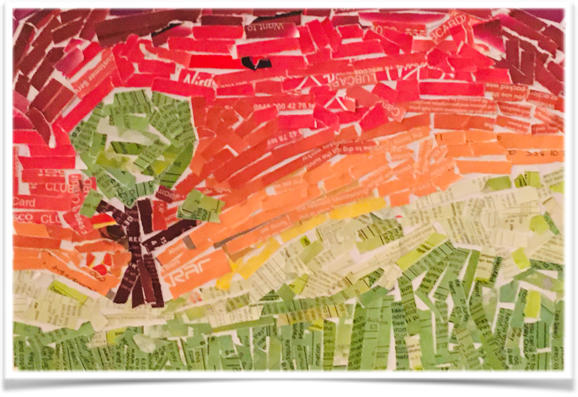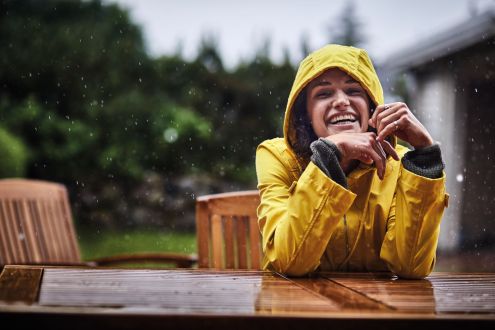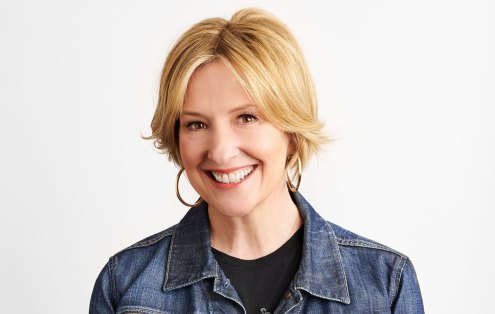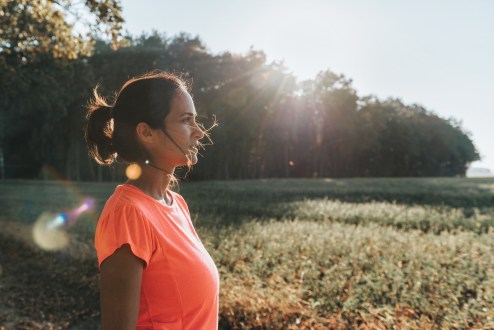Keep It happy ! What does an emotion look like?
Everyone experiences the whole range of invisible emotions in a completely unique way, which is great… except it can make it difficult to understand enough to help. Written by trainee Ollie Coach, Deborah Stephenson.

“Drawing is the most direct and spontaneous expression” – Edgar Degas
Draw and explore…
What does an emotion look like, and how would you draw one?
I’ll come to why this is important later, but ask a person to point to their head or leg and (usually!) they can do that easily – we know what they look like. We know roughly where our heart or stomach are even though we can’t see them, and through scientific study we know what they look like too, but when it comes to feelings and emotions it’s not so easy.
Our facial expressions are one way of showing how we feel, and we begin to develop an understanding of this from a very young age… beautifully demonstrated by our lovely two year old niece who, on a screen call recently, showed us “Surprised” – opening her eyes wide, shooting her eyebrows upwards while dropping her chin down and forming her mouth into a big “O”. We clapped appreciatively, and she quickly showed us “Happy” – a big beaming smile, bright eyes; then “Sad” – long upside-down curved mouth and lowered eyes; and she can do “Serious” too – slight frown, tight lips and a big stare. Just brilliant!
Maybe we could draw these as images of our feelings? In fact, many of us use this kind of representation every day in the form of the little yellow emojis we scatter through our text messages. They can show in one click what it would take many words to express, and add meaning when the person we are addressing can’t see our face. Sometimes even just an emoji by itself is enough to convey our thoughts.
But although these are handy visual indicators for others, it doesn’t help us to deal with the emotion itself.
With something physical, we can show people where the problem is. Take a sprained wrist… a wrist is (hopefully) in pretty much the same place for all of us, so we have a good understanding if someone says their wrist is sore, and we can apply a bandage to the right spot to support it.
Not so easy with emotions.
Perhaps we might point to our heart for a feeling of love, or maybe our stomach for nervousness and anxiety, but after that it gets increasingly difficult. Where does anger live? And jealousy, happiness, confidence, frustration or calm? What do they look like?
In truth, everyone experiences the whole range of invisible emotions in a completely unique way, which is great… except it can make it difficult to understand enough to help.
If we knew what an emotion looked like and could even visualise it, it would be less abstract. We could begin to engage and reflect on it. Seeing that part of us on paper can distance it from us which is also useful – the emotion is not the whole of us, it is separate and controllable. When we can see it, we can begin to change it. Simply at first – perhaps just bigger or smaller, but we begin to have control.
So what do your emotions look like and have you ever tried drawing one?
In Ollie coaching we use drawing as a great way to explore emotions, especially with children who have such amazing imaginations.
A while ago I was helping my daughter with a problem that she said made her feel angry, frustrated and sad. She was struggling to explain how this felt for her so we got out some paper and crayons to see if drawing would help. She set to work immediately creating a blur of orange squiggles at the top of the page for Angry; a hard dark brown vertical line down the side for Frustrated; and three wavy blue lines across the bottom of the page for Sad. In minutes they were there in front of us, detached from her and ready to be explored.
When emotions have a shape and a colour (and incidentally my daughter’s also have a sound too), it was immediately easier to talk about them and we could begin to think about changing them. The beauty of this is that is that changing the drawings changes the power of the emotion. Usually making a picture smaller reduces the feeling and bigger increases it, but you can have all kinds of fun with it.
For my daughter, drawing a big red smile and a pair of sunglasses on Angry helped a lot. The brown line of Frustration became the trunk of a beautiful tree, and adding a round yellow sun and a bobbing boat to the sad waves made it not seem not so sad at all. When those feelings rise in her again she can remember the pictures and reduce the impact.
I wonder if I can encourage you to put colouring pen to paper today? Where are your sad, happy, angry or calm? What do they look like?
Draw them, explore them, have fun with them and see what you discover.
Because there’s something else too…
Drawing is good for us.
Even if you don’t want to tackle your emotions yet, just draw. Research shows that it has huge benefits for our mind and wellbeing, triggering those positive chemicals we know make us feel good. It can calm us down, relieve stress and even improve our memory.
There’s no need to create a Picasso, and there are no rules! Just grab the nearest pen and a piece of paper… a shopping list, a post-it-note, or the back of an envelope will do, and have a quick doodle. Don’t think about it, let the pen do what it wants… see how you feel.
And if, like me, you sometimes read articles that talk about taking time out to do nice things, and it’s triggering a few eye rolling emojis – because it’s all very nice but you simply don’t have time – I do understand, but this really doesn’t have to take long, and anyway… what’s more important than giving yourself a break?
If it goes well, try adding some colour or using a bigger bit of paper, and use the process of drawing to distract you from the world for a moment and bring some peace and calm… and then maybe they can be the first emotions you draw?
Deborah Stephenson, Ollie Coach trainee
I am an Ollie School trainee and a Director at an Independent Prep School for boys. I am a trained journalist and worked in BBC Local Radio for more than twenty years as a reporter, bulletin reader, news editor and programme maker. It was a great job, but I wanted to do something to support my own children’s wellbeing with a view to taking that on to support others and, in pursuit of a better work life balance, I resigned as the Assistant Editor of BBC Essex last year. Inspired by the Ollie School concept I was excited to be accepted for the training course and it has been a fascinating and enlightening and journey so far.
To get in contact with Deborah, email info@ollieandhissuperpowers.com
To find out more about Ollie and his Super Powers and how to become an Ollie Coach go to www.ollieandhissuperpowers.com
Caroline Chipper
Director
Co founder of Subconquest Ltd, that trades as Ollie and his Super Powers. My many years of commercial experience is being put to good use managing the business side of Ollie, including working with our Ollie Coaches, and managing our contracts. In everything we do its about making a difference to those we work with. To find out more go to https://www.ollieandhissuperpowers.com/pages/about-us


